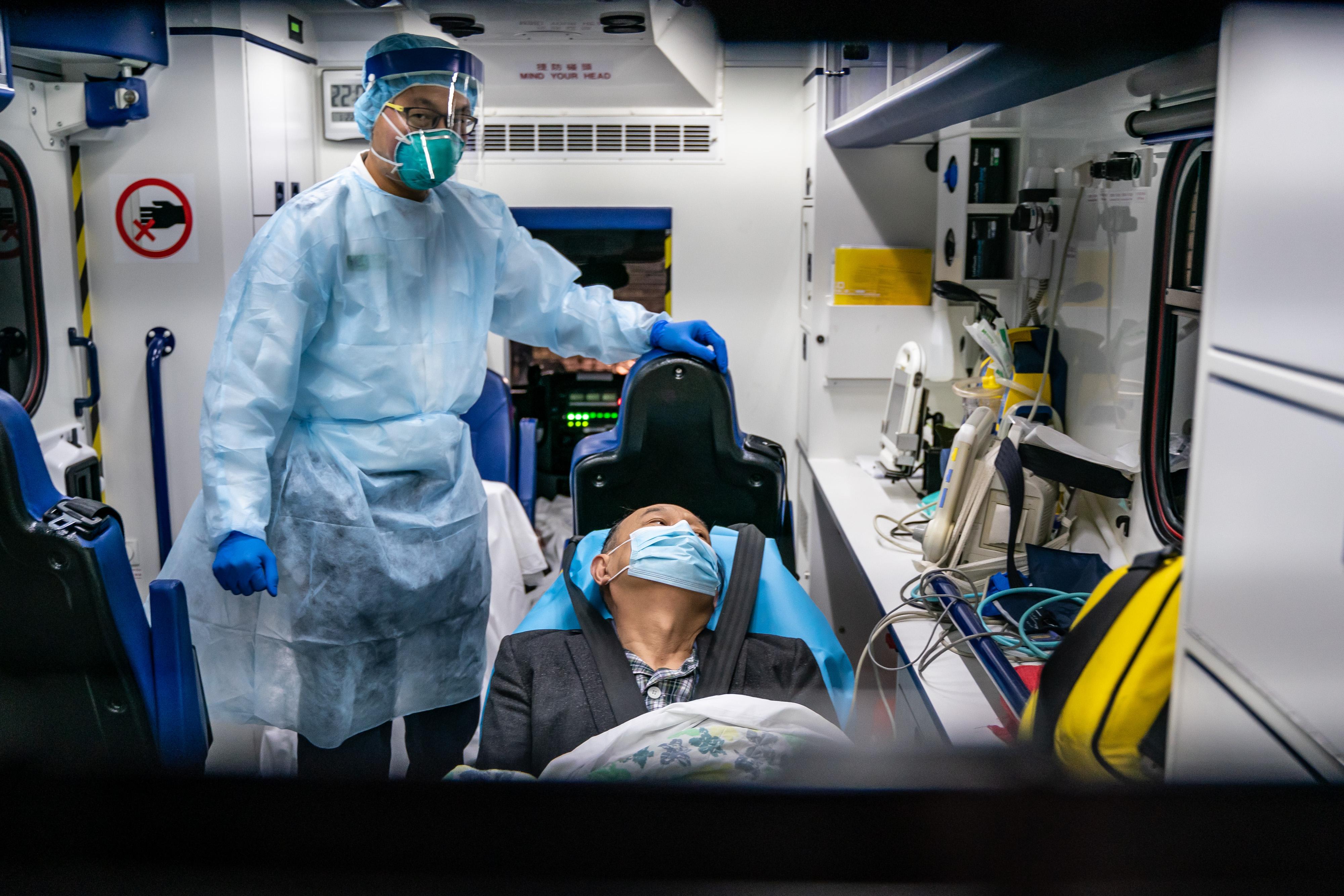
Trump blames Obama for lack of coronavirus testing for a second time
By Mark PygasMarch 13 2020, Updated 11:41 a.m. ET
Coronavirus testing in the United States has been a disaster. On Thursday, Dr. Anthony Fauci, director of the National Institute of Allergy and Infectious Diseases, said that the U.S. was failing to meet the capacity for testing.
"The system is not really geared to what we need right now," he said. “That is a failing. Let's admit it."
And now, the administration finally seems to be admitting that there aren't enough test kits to go around. But President Donald Trump is yet again blaming former President Barack Obama for the issue.
In a series of tweets on Friday morning, President Trump wrote: "For decades the Centers for Disease Control and Prevention (CDC) looked at, and studied its testing system, but did nothing about it. It would always be inadequate and slow for a large scale pandemic, but a pandemic would never happen, they hoped."
"President Obama made changes that only complicated things further. Their response to H1N1 Swine Flu was a full-scale disaster, with thousands dying, and nothing meaningful done to fix the testing problem, until now. The changes have been made and testing will soon happen on a very large scale basis. All Red Tape has been cut, ready to go!"
This isn't the first time President Trump has blamed Obama for the lack of testing capability. In a press conference last week, Trump said: "The Obama administration made a decision on testing that turned out to be very detrimental to what we're doing, and we undid that decision a few days ago so that testing can take place in a much more accurate & rapid fashion."
Pence later clarified the remarks, stating: "The last administration asserted Food and Drug Administration (FDA) jurisdiction over-testing and the development of tests like this. The president changed that on Saturday."
According to the Washington Post, this statement is false. Glenn Kessler explains that "there was no Obama rule, simply 'guidance' that was never acted on."
When asked what rule Trump and Pence could be referring to, Peter Kyriacopolous, chief policy officer at the Association of Public Health Laboratories, told CNN: "We aren't sure what rule is being referenced."
He added: "There was an intense interest from FDA to pursue regulation of lab-developed tests during the Obama administration, but it never occurred. FDA did a lot of work on this, but there never was a final rule that came out of all that work."

Instead, many have attributed the delay in test kits to mistakes made by the CDC. Neel Patel of MIT Technology Review explains: "On February 5 the CDC began to send out coronavirus test kits, but many of the kits were soon found to have faulty negative controls (what shows up when coronavirus is absent), caused by contaminated reagents."
As a result, the kits couldn't be used, and the CDC has only been able to test 1,235 patients as of Thursday. This shortage meant that until recently, tests were reserved for people who had been outside the country in the last two weeks and those who had come into contact with a confirmed case of coronavirus.
Critics of President Trump have also pointed out that he fired the U.S. pandemic response team in 2018 to cut costs.
Trump's proposed 2021 budget also calls for a 16% reduction in the Centers for Disease Control and Prevention budget and a 10% cut for the HHS. It would also cut the U.S.’s contribution to the World Health Organization by $65 million, a 40% reduction.
Fast forward a week, and quality control still seems to be an issue. According to the New York Times, some state labs in California have been unable to use some of the 8,000 kits they've received because of a lack of chemical ingredients.
Gov. Gavin Newsom said in a press briefing on Thursday: “We want to test more people. This has been an issue in terms of providing more tests, and we hope it is resolved very quickly.”
Earlier in the week, Newsom has angrily said: “The bottom line is that we need more tests.”
The lack of tests is also an issue in New York State, where less than 2,000 people have been tested since late February.
“In a large city, you should be doing at least 1,000 a week, and ideally, you’d be doing 10,000,” Marc Lipsitch, director of the Center for Communicable Disease Dynamics at the Harvard T.H. Chan School of Public Health, told the Times. He went on to call the amount allocated a “laughably small number of tests.”
According to the CDC, a total of at least 11,079 specimens have been tested nationwide since January. However, each patient provides at least two specimens for testing, so the total number of people tested could be as low as 5,000.
In comparison, the United Kingdom, which experienced a coronavirus outbreak at a similar time as the United States, has tested 21,460 people. The U.K.'s population is also about five times smaller than that of the United States.
